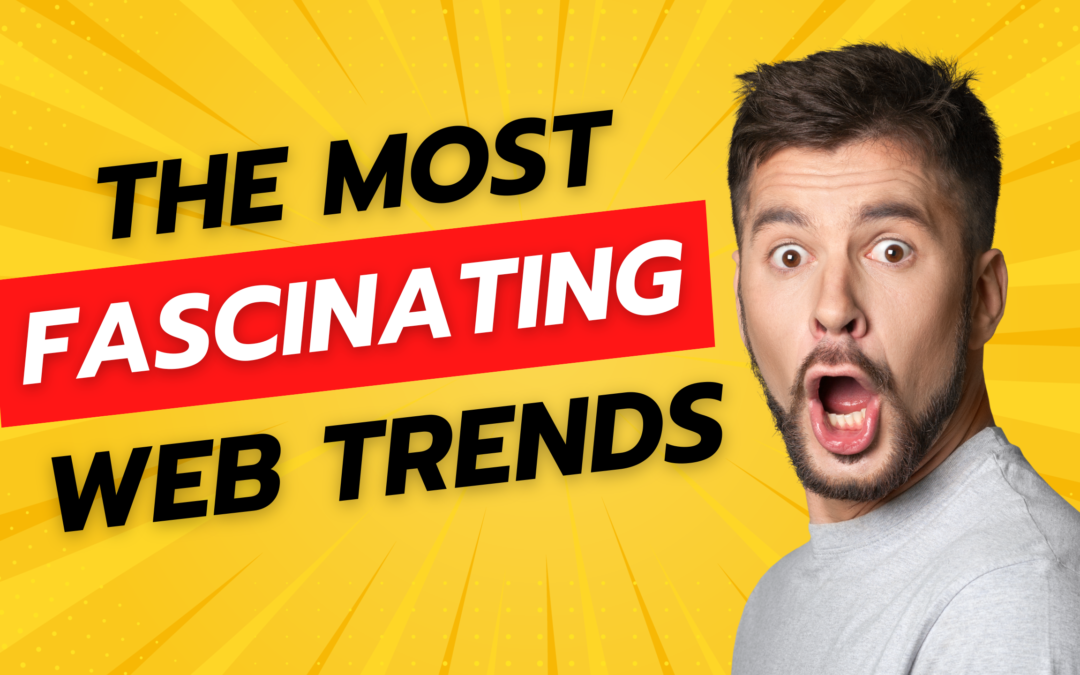Web design in 2025 goes beyond aesthetics. It’s about creating smarter, faster, and more efficient websites that deliver enhanced user experiences. Let’s dive into fascinating trends that will shape the future of web design, combining cutting-edge design principles, emerging technologies, and new strategies for redefining how we interact with websites.
- 1. The No-Code Revolution
- By 2025, the number of no-code and low-code platforms is set to triple, according to Gartner. No-code tools like WordPress, Shopify and Wix empower users to build websites without writing code, democratizing web development. This trend is not just about saving time and money—it represents a shift towards inclusivity and accessibility in digital creativity.
- 2. Performance Optimization
- KISSmetrics reports that 40% of users abandon a website if it takes more than 3 seconds to load. By 2025, optimizing website performance will be more critical than ever, focusing on speed, mobile optimization, and user experience. Mobile-first design and AI-driven personalization will continue shaping how we enhance user interactions. Additionally, SEO optimization will evolve as AI technologies like ChatGPT and Google Gemini impact how websites are crawled and ranked.
- 3. Micro-Conversions with Macro Impact
- In 2025, maximizing user engagement will center around optimizing micro-conversions—small actions that cumulatively drive significant business outcomes. Analyzing user behavior and refining navigation to eliminate friction points will lead to improved user experiences and ROI.
- 4. Marketing Automation Dominates Content Creation
- The global marketing automation market is projected to reach $13.71 billion by 2030, with AI playing a key role in automating content tasks. While AI writing tools won’t replace human writers, they will streamline repetitive tasks like creating meta titles and descriptions for large-scale websites.
- 5. Collaboration-Driven Web Creation
- Real-time collaboration in web design will be more seamless by 2025. Future platforms will likely incorporate communication tools directly into the design process, enabling real-time feedback and collaboration.
- 6. Accessibility as a Priority
- Ninety percent of websites fail to meet accessibility standards, according to AbilityNet. Web designers are increasingly integrating accessibility into their workflows, ensuring legal compliance and wider audience reach. In 2025, trends like voice user interfaces and AI-driven accessibility improvements will further enhance inclusivity.
- 7. Sustainable Web Design
- As we move towards a greener future, even designing sustainable websites will be a focus. Practices like optimizing code, reducing energy consumption in design, and using eco-friendly hosting will become standard. These steps not only enhance performance but also reduce the environmental impact of websites.
- 8. Voice Search Optimization
- With virtual assistants like Siri and Alexa becoming mainstream, voice search optimization will be crucial in 2025. Websites will need to adapt by incorporating conversational content, long-tail keywords, and intuitive navigation that caters to voice commands.
- 9. Immersive Storytelling
- Interactive storytelling elements—like animations, 3D models, and AR/VR—will redefine how websites engage users in 2025. These immersive experiences, including interactive infographics and motion storytelling, will become more widespread as lightweight, high-performance content becomes the norm.
- 10. Future-Proof Flexibility
- Scalability is critical for future-proofing websites. By 2025, web design will emphasize adaptable solutions that grow with your business while maintaining optimal performance. Custom code and third-party integrations will offer flexibility for tailored features, ensuring your website remains agile and responsive as needs evolve.
Web design in 2025 is about more than just looks—it’s about delivering top-tier user experiences that help meet business goals. As competition intensifies, the most successful websites will be those built by teams, like Digital Sower, that focus on continuous growth and adaptation.
